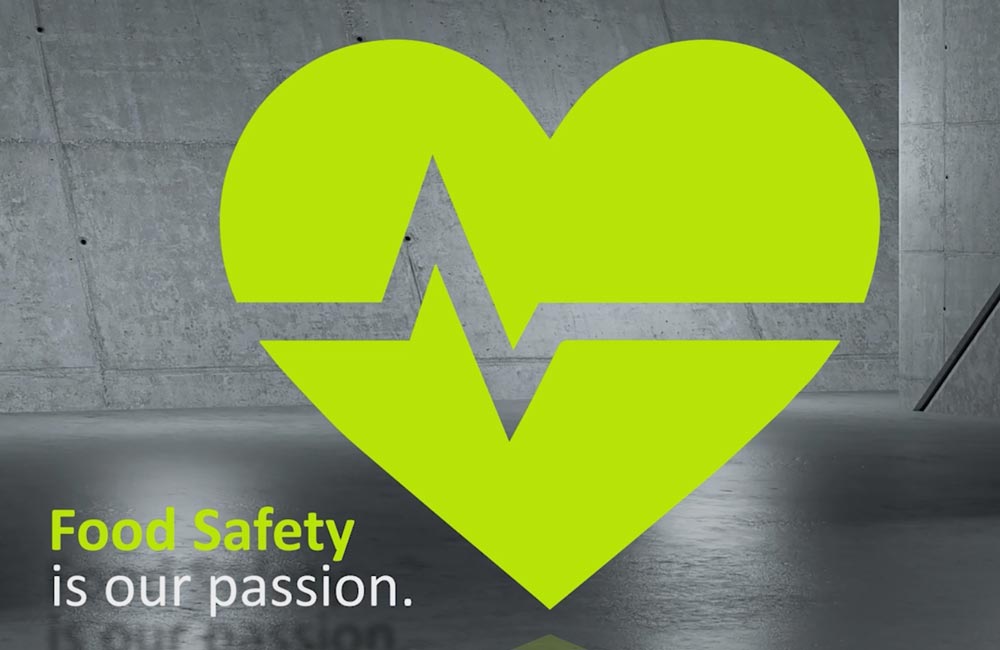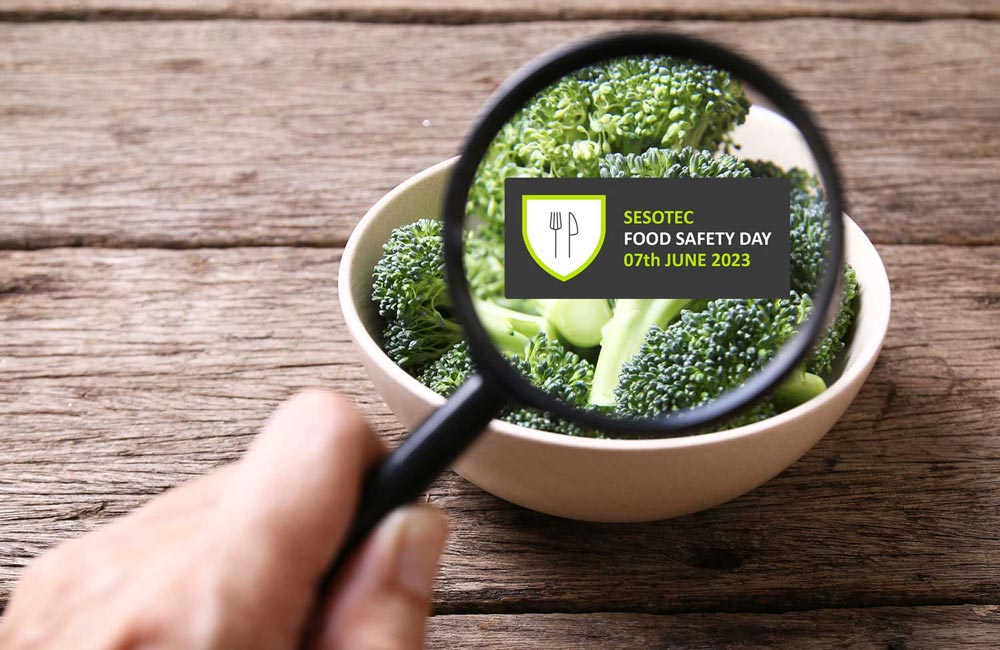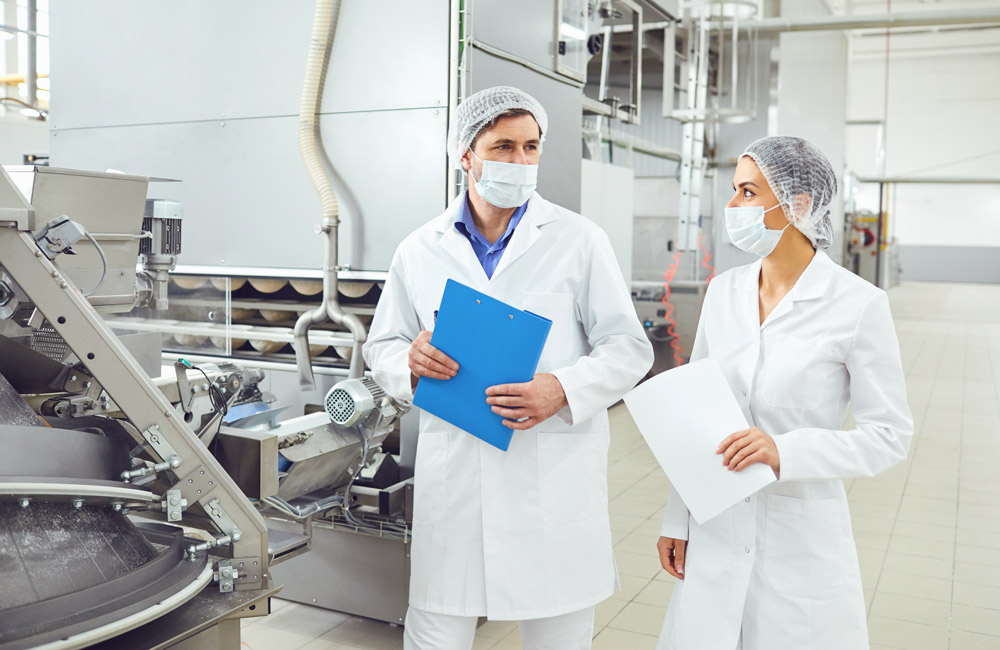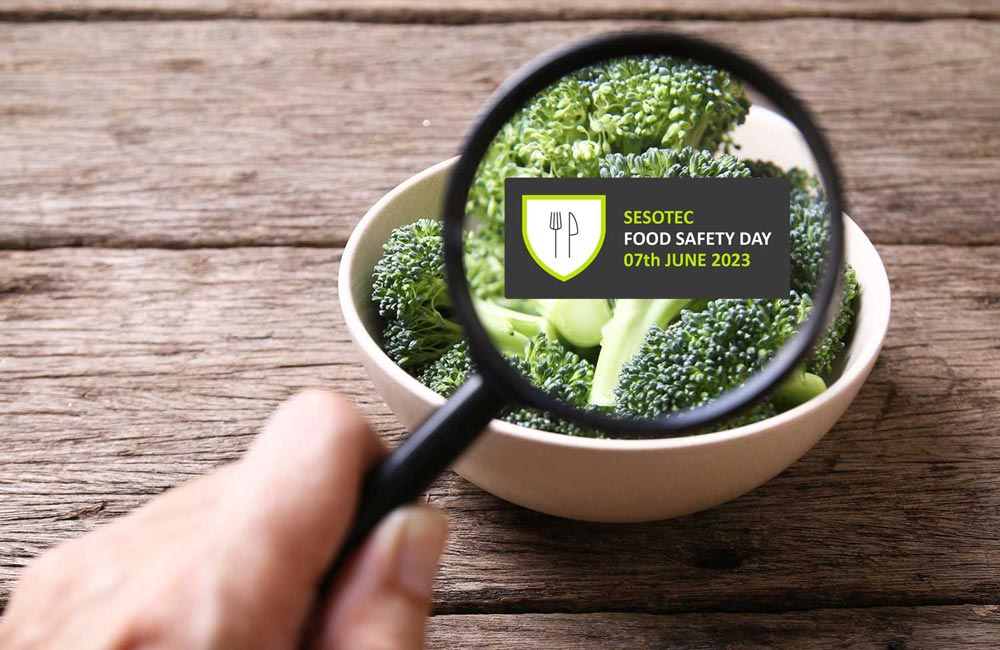Food Safety
20/02/2020 |
How the growing world population will shape the future of the food industry

In as little as three decades time, the United Nations estimates that 9.7 billion people will inhabit the planet. This rapid expansion of the global population will change many aspects of life around the world, particularly the ways we live, work, and eat.
The Food and Agricultural Organisation of the United Nations forecasts that worldwide food production will need to increase by at least 70 per cent in order to adequately feed the projected global population of 2050. A great challenge to achieving the industrial output necessary to feed 9.7 billion is the question of how to balance the shrinking availability of resources with heightened consumer expectations.
If food products are to remain safe, nutritious, affordable, and plentiful in the face of massive population growth, the global food industry must continue to adopt innovative solutions.
Food production and population growth: the past, present, and future

But with formidable demographic and environmental changes on the horizon, the present state of industrial food manufacturing will be insufficient to maintain current levels of diversity, quality, and availability in food products by 2050. Furthermore, rapid population growth will place tremendous stress on the natural resources needed for bountiful food production. In turn, the technology that has driven productivity growth in the food industry up until this point must continue to evolve and rise to these new challenges.
Increasing food production in the face of limited resources
In
diverse sectors of the global food supply chain, automation is already helping
to make great improvements in terms of efficiency and sustainability. From
agriculture to processing to packaging, smart systems are processing huge
volumes of data in real time in order to make better use of available resources
and achieve ideal results.
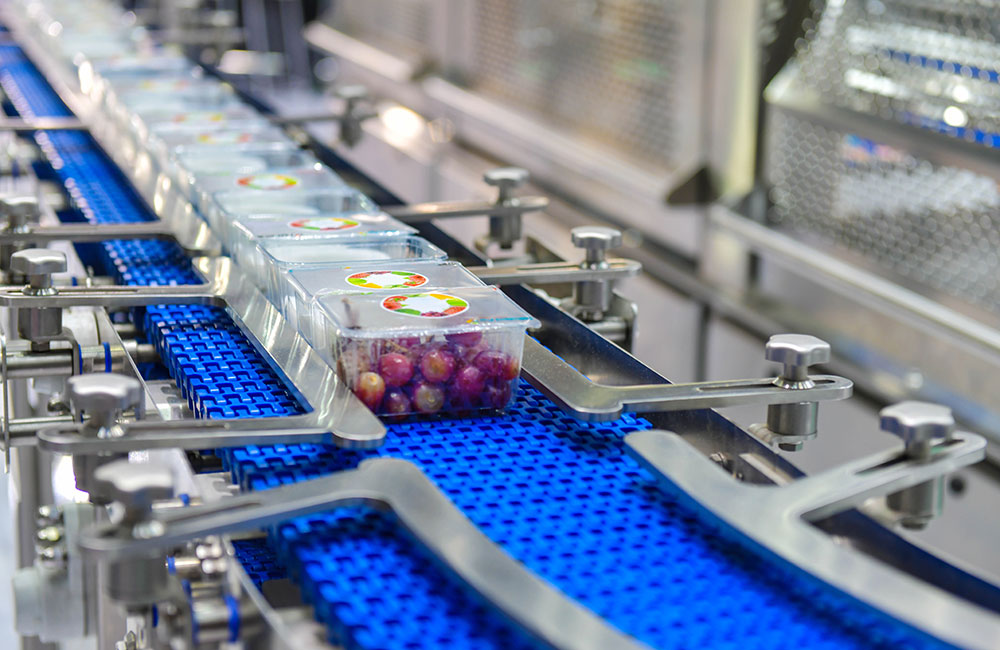
Within the food manufacturing sector, ramping up output requires tightening controls on food safety and product quality. Automated inspection technology is making it possible to increase global food production without compromising on the safety or quality of food products. Computerised food inspection machines, ranging from optical sensors to metal detectors to x-rays, can be programmed with information about product characteristics and processing conditions in order to perform with incredible accuracy.
By implementing a sophisticated network of automated inspection equipment at key junctures in the production process, contaminants and defects can be identified and removed immediately and reliably. Automated inspection technology also makes it possible to detect contaminants early, thus reducing the food waste caused by product recalls and cross-contamination.
Population growth and heightened stakes for food safety
Globalised trade is only forecasted to increase alongside the world population. This means that any defective food products entering the market can have widespread and disastrous consequences for public health and corporate trust.
In the coming decades, food manufacturers will need to practise extreme diligence to ensure that their upstream and downstream partners are operating with integrity and complying with food safety protocol.
Robust inspection technology is key in this endeavour, as it can help manufacturers and international regulatory bodies trace contaminants directly to their source. In this way, advanced food safety equipment will have a crucial role to play in promoting transparency in the food industry and keeping the public informed about threats of contamination.
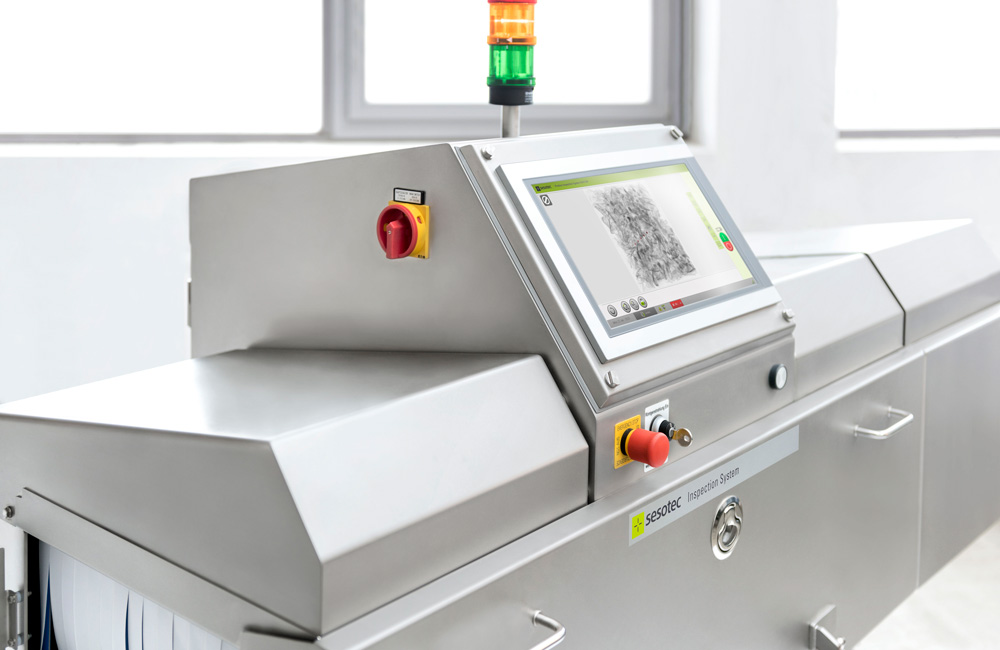
Consumer culture in a world of 9.7 billion
Technological advancements such as these are necessary in the pursuit to feed the world population of 2050. But beyond simply supplying the world with enough calories, food industry productivity will need to improve even further if products are to adequately address changing consumer expectations. The world of 2050 will not only be more multicultural than ever before, it will also be more concerned with issues of health, ethics, and sustainability.
Mass migration and demographic change are causing urban areas to grow and become increasingly diverse. As cities around the globe become more multi-ethnic with each passing year, new markets emerge alongside new challenges. In order to meet the needs of growing populations with varied dietary preferences and restrictions, food industry companies will need to tailor their manufacturing practices and expand their product portfolios to suit diverse tastes and religious affiliations, even in formerly homogenous markets.

Furthermore, living in a world populated with 9.7 billion others will inevitably lead to shifts in the way that everyday people think about resources, health, and the products they consume. Dramatic changes in consumer attitudes are already apparent and influencing the market in meaningful ways. A 2019 survey of consumers in Europe, Asia, and North America revealed that 49 and 37 per cent of those surveyed cited health and environmental impact, respectively, as major considerations when making purchases.
Conclusions
The
growing world population will have an indelible impact on global supply chains,
international economies, and cultural dimensions of societies worldwide – all
of which will shape the future of the food industry. In order to produce enough
food to both feed the world in 2050 and address an evolving consumer culture, the
global food industry will need to adopt innovative technologies and controls across
all sectors. Such advancements are crucial to achieving the necessary output
without compromising on public health, environmental impact, or consumer
demands.
About Sesotec
For more than 40 years, Sesotec has been a market leader in the field of contaminant removal and sorting technology. We develop both standardised and customised food safety solutions for food and beverage manufacturers around the world.
White Paper - Five tips to optimise metal detector performance
Metal detectors are an important component of a functioning food safety concept. You already have a metal detector in use? Then read our 5 tips to ensure the optimum performance of your metal detector over the long term.


